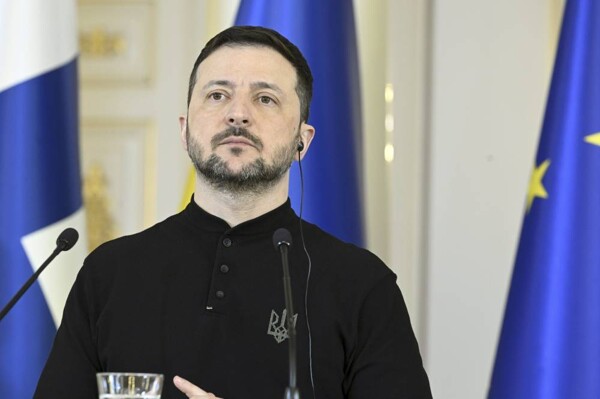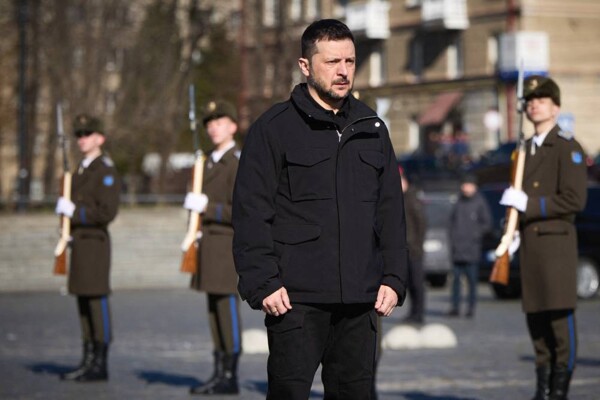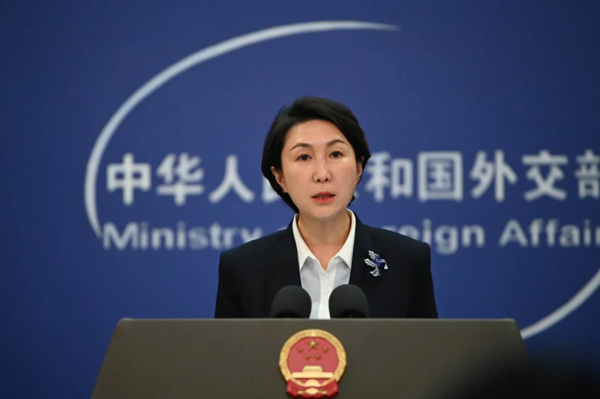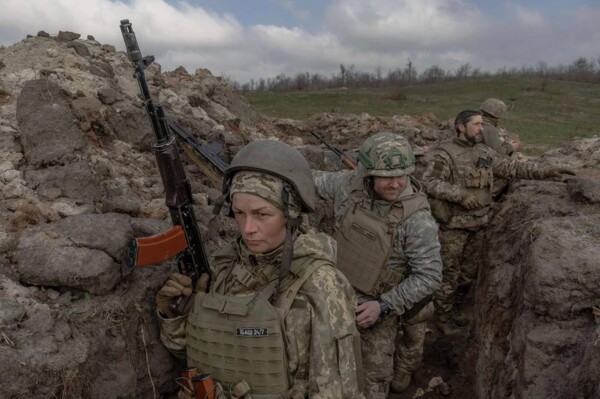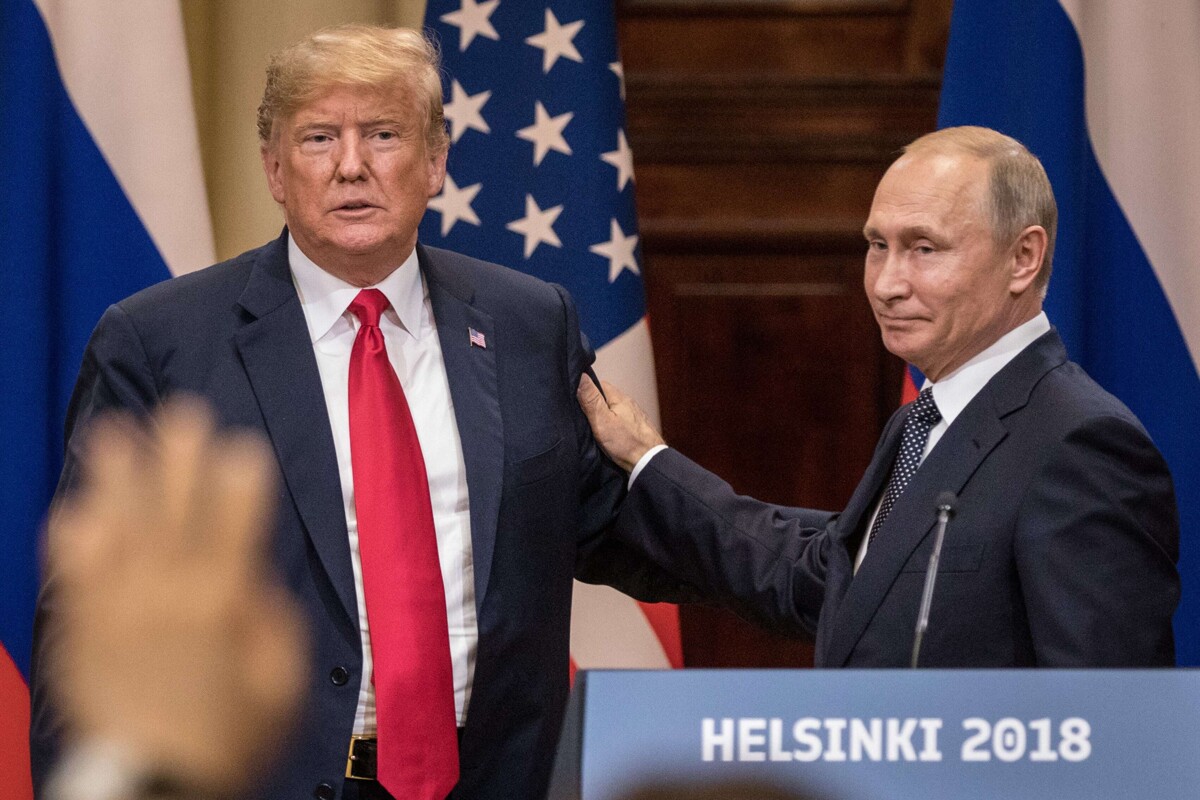
Recently, the United States pressured Ukraine to accept an unconditional ceasefire, expressing optimism regarding Russia's willingness to seek peace. The White House announced a partial ceasefire, which includes selective strikes and a prisoner exchange. Although this was celebrated as a breakthrough, Ukraine may view it as a strategy by Putin to buy time and set conditions.
Rodrigo Álvarez, a professor of international relations, pointed out that negotiations for a total ceasefire or a comprehensive peace treaty remain challenging. He emphasized that the conflict in Ukraine has marked a setback in Russia's global integration, while Putin seeks guarantees such as the exclusion of Ukraine from NATO.
Regarding the possibility of a lasting ceasefire, it would raise tensions during negotiations for a more comprehensive agreement. Meanwhile, the ceasefire between Israel and Hamas does not necessarily influence discussions between Russia and Ukraine. The United States and Russia have taken positive steps toward a possible ceasefire, but maintaining it presents initial challenges.
On the other hand, Zelensky appears to be sidelined as the United States and Russia negotiate. The United States has taken the lead in the talks, relegating the European Union and Zelensky. The drafting of a complete ceasefire has been involved in discussions about arms supply, intelligence, and stability in the region.
In a recent phone call, Putin and Trump exchanged views on Ukraine, agreeing to work toward a sustainable solution. The importance of normalizing bilateral relations was highlighted to ensure global stability, with the renewal of prisoner exchanges and the creation of think tanks to address the Ukrainian crisis.
In summary, despite the advancements, uncertainty persists regarding a possible ceasefire and a comprehensive peace treaty between Russia and Ukraine, with challenges including the influence of various actors and reluctance to compromise on certain key issues.











